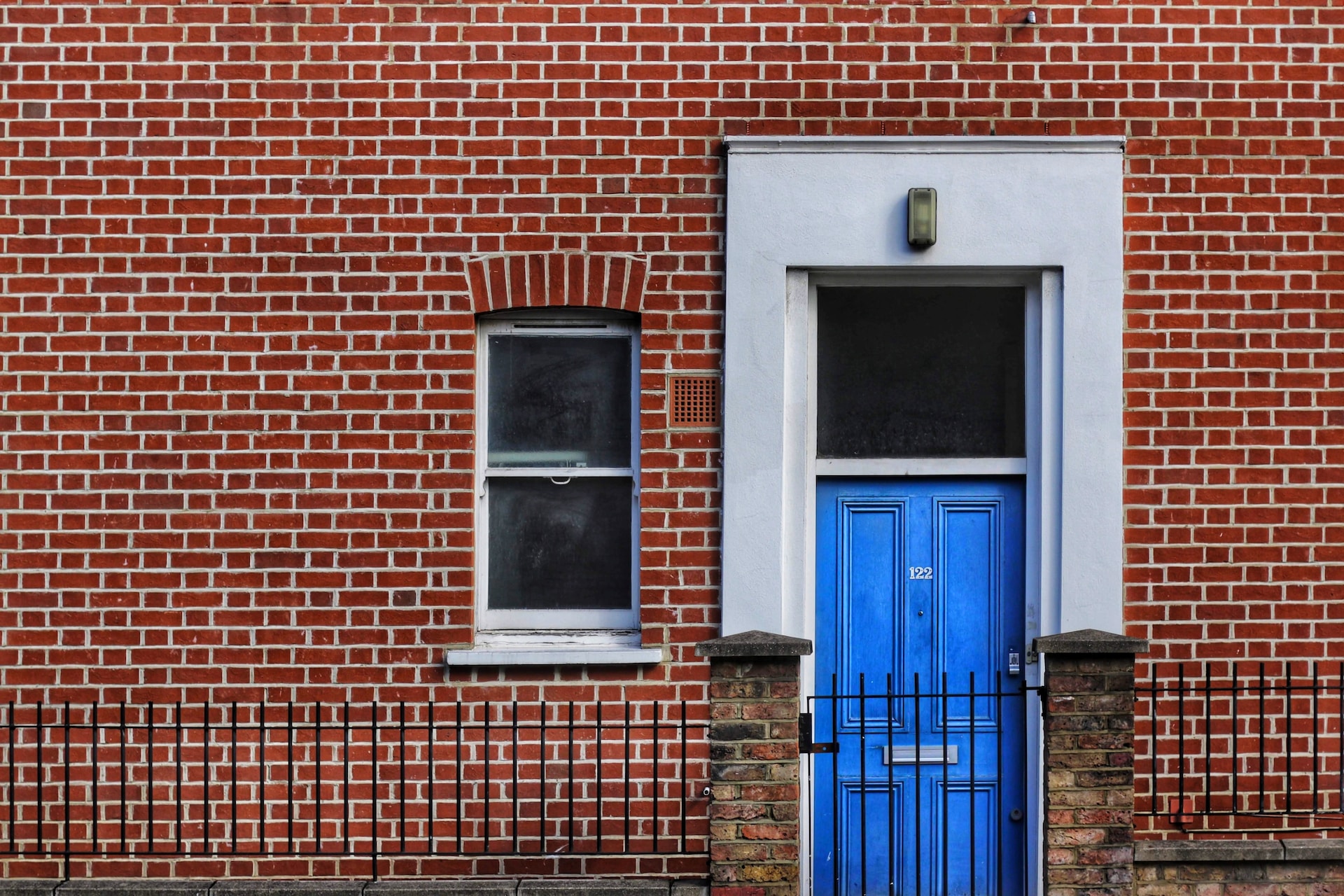What Are Listed Buildings?
Listed buildings are buildings with cultural, historic (whether this is cultural, military, or associated with significant people) or architectural (in terms of architectural design, decoration, and craftsmanship) importance. A list of these buildings is kept protecting and conserving these buildings to be preserved for future generations.
Anyone can nominate a building for the list if they think the building is of note. Historic England also has a strategic plan to list buildings that fall within specific categories. In either case, buildings will be put forward to be assessed by the Secretary of State for Digital, Culture, Media, and Sport, who will have the final say on whether a building is listed or not.
Buildings are not just listed if they are old. For example, the civic centre in Plymouth is listed and was built in 1962 due to its unique butterfly roof” and its part in Plymouth’s regeneration after the war; however, it tends to be more likely if they are. All buildings built before 1700 are listed, and most buildings built between 1700-1840 are listed.
Related: What is a Homebuyer’s Report?
How to Find Out Whether Your Building is Listed?
A database of listed buildings can be found on Historic England’s website, where you can see the listed buildings in your area by just typing in your postcode. People must be aware of their property is listed as it may come with restrictions in terms of refurbishment, repair, and extension. These are explained below. It is also something we will always check at our building surveyor Kingston office.
Categories of Listed Buildings
Grade 1- this is the highest grade with the most stringent requirements in terms of conservation. They must be of exceptional interest. Only 2.2% of listed buildings are listed at Grade 1.
Grade 2*- buildings that are of more than special interest and consist of 5.8% of all listed buildings.
Grade 2- the most common type of listed building with 91.7% of all listed buildings. These are more likely to be dwellings in which people live rather than the other two stated above.
Examples of Grade 1 Listed Buildings
- Blackpool Tower
- Warwick Castle
- King’s College London Chapel
- Tower Bridge, London
- Birmingham Town Hall
Examples of Grade 2* Listed Buildings
- Rise Hall, East Riding of Yorkshire
- Battersea Power Station, London
- Capel Manor House, Horsmonden, Kent
- West House, Calderdale
- Coliseum Theatre, London
Examples of Grade 2 Listed Buildings
- Broomhill Pool, Ipswich
- BT Tower, London
- Whitechapel Bell Foundry, London
- Birmingham Back to Backs, Birmingham
- Surbiton railway station, London
Listed Building Consent
If a building is listed, it doesn’t automatically mean that no alterations can be made. Typically when significant changes are made to a building, planning permission is required. A listed building consent is needed with listed buildings and planning authorization; this will be sought from a local conservation officer who will scrutinize any plans made. They may then prevent work if certain conditions are not met, considering all factors, and whether the building’s unique character is damaged. It is illegal to alter a listed building without these consents.
In general, the factors that must be abided by and understood when renovating or extending a listed building are that the building’s external appearance should not change. That all materials that are replaced are replaced with similar materials. What if there is a change of use that should not change substantially from its original use, and if it does, then considerations are made for this?
What are Conservation Areas?
Conservation areas are whole areas with a particular or architectural interest in Planning (Listed Buildings and Conservation Areas) Act 1990, Section 69. This section requires local councils to designate areas such as these periodically if they are of particular interest.
They are also required to extend these areas where necessary, meaning that you should be aware of any changes as it may abruptly affect your house. The Secretary of State for Digital, Culture, Media, and Sport can also designate areas to be conservation areas in exceptional circumstances where the site is of national interest.
Related: What to Look Out For if You’re Buying an Old House
You can find out whether your property is in a conservation area by looking on your local council’s website. Your local council website can be found with an LPA finder. If the website has a “my neighbourhood” section, then it is often stated within this, whether it is in a conservation area or not. Some other websites have a large interactive map in which you can search for your postcode.
The conservation areas are marked in colours on this map. On other websites, there are downloadable PDFs of each conservation area. These are not always named due to the specific area, so it can be hard to find. It may be necessary to go through every PDF map of each conservation area. This is something we do for every survey that we carry out at our building surveyor Kingston office.
What Are the Restrictions in a Conservation Area?
In a conservation area, permission from the local council is usually needed for specific alterations. This is generally anything that can alter the outside appearance and can range from extensions to solar panels. This is likely to be more stringent than normal planning permission consent. For example, in the Richmond Hill conservation area, the buildings’ fronts are not allowed to be altered. However, the rear of the buildings can be altered.
This includes upgrading the windows to uPVC from the single-glazed wooden sash windows that were originally there. This cannot be done at the front but can be done at the rear elevation. Furthermore, the front elevation windows can be upgraded to double-glazed wooden sash.
Learn more about the Valuations Service to find out how much your graded or listed building is worth. Contact us for more information.



